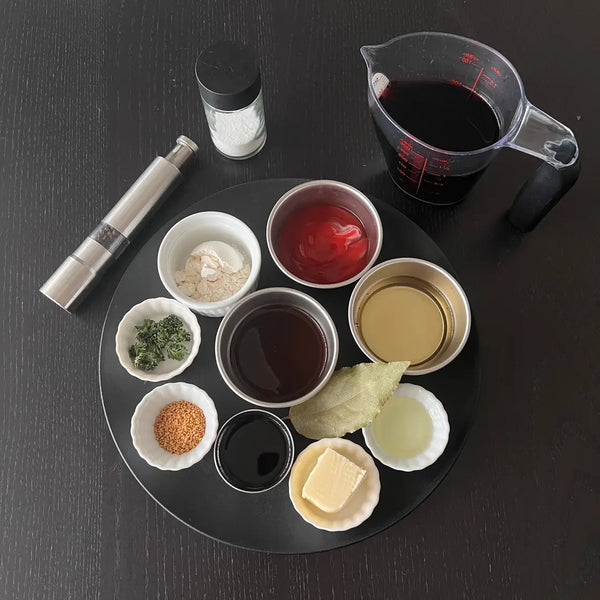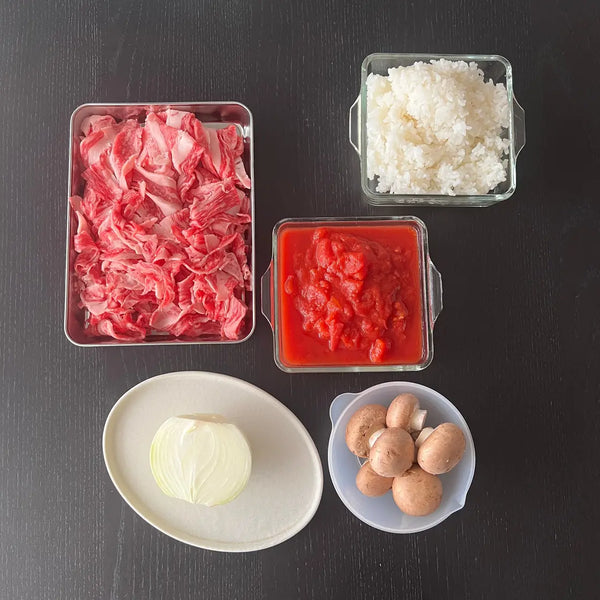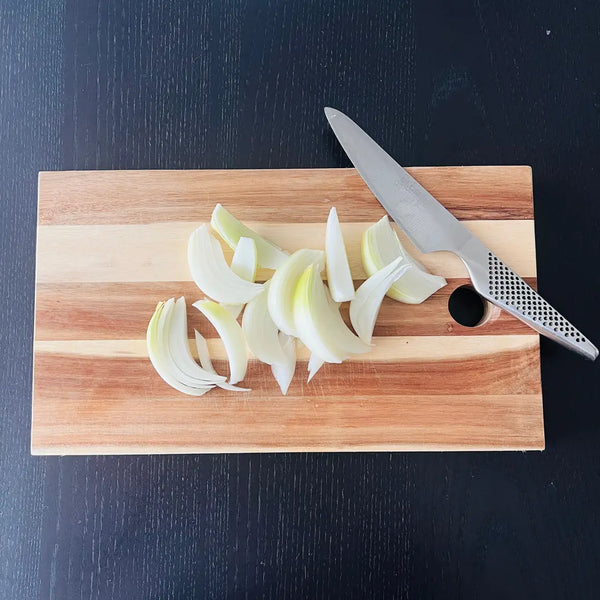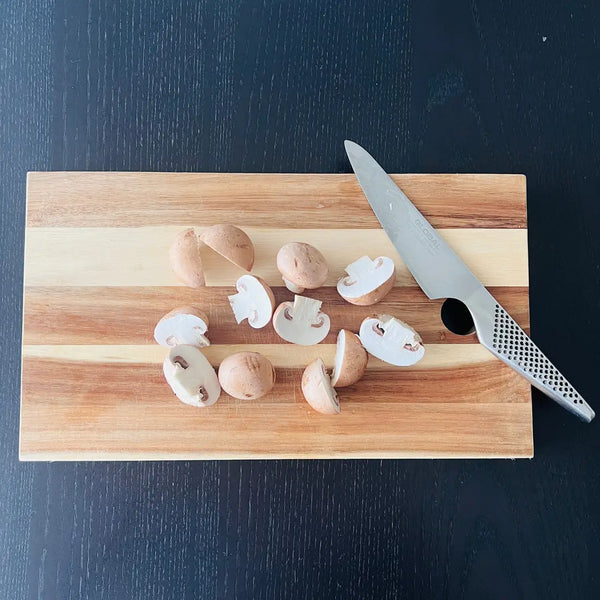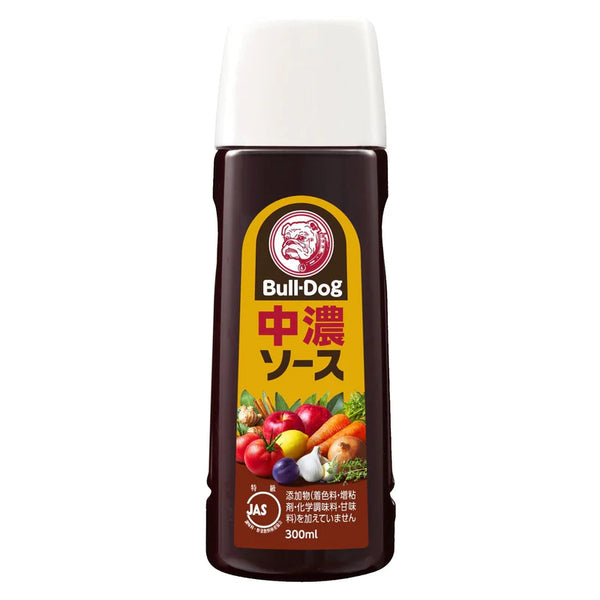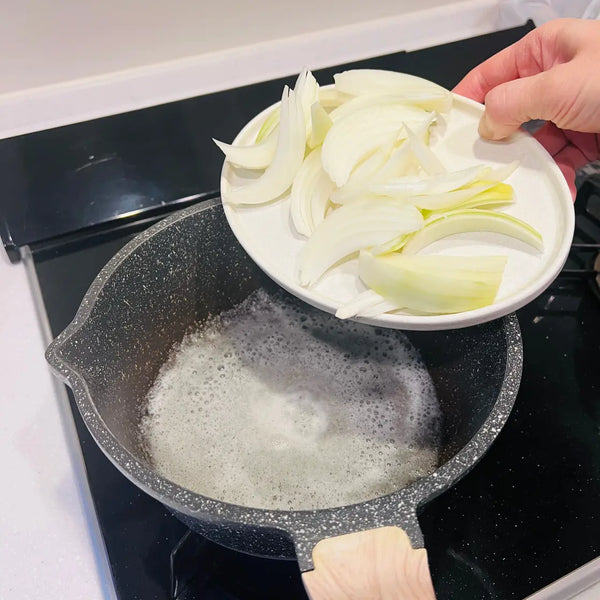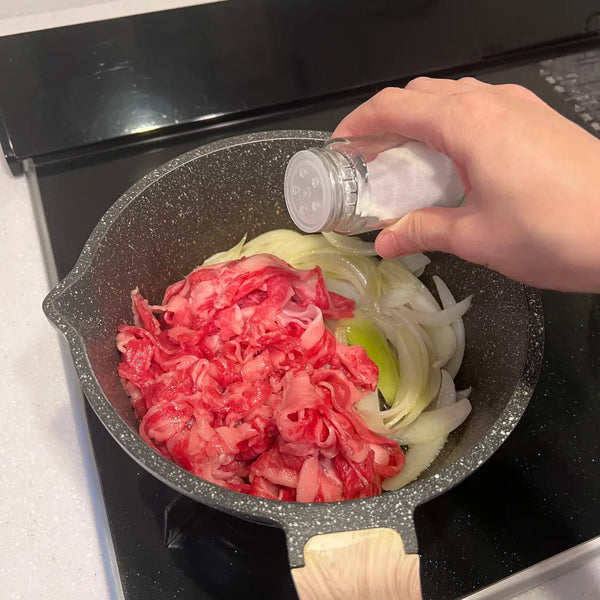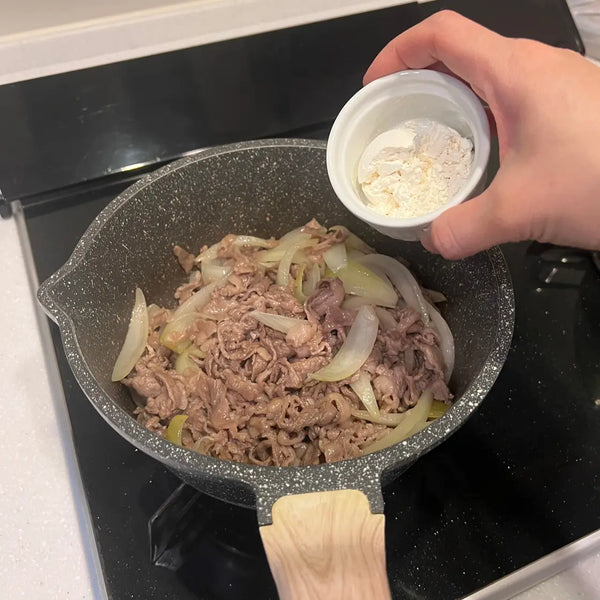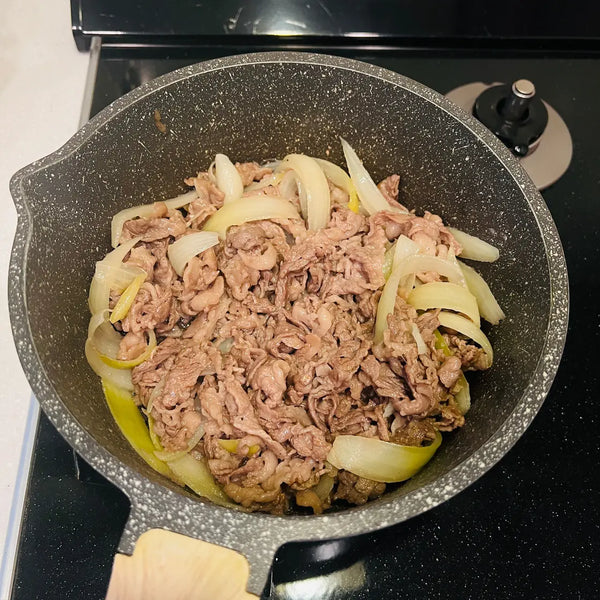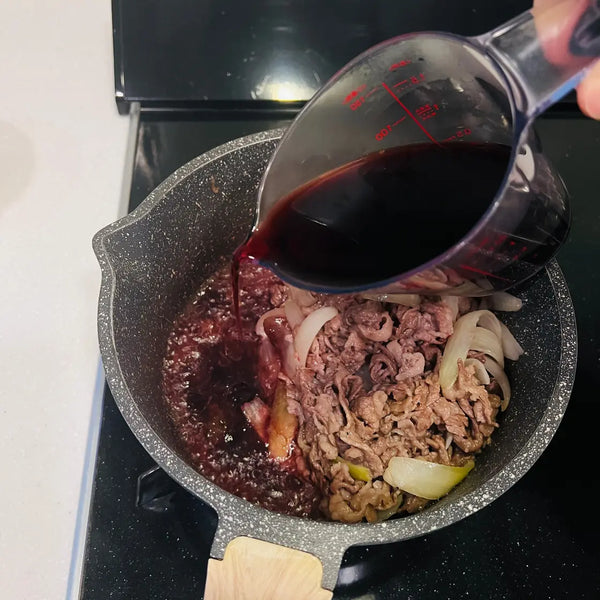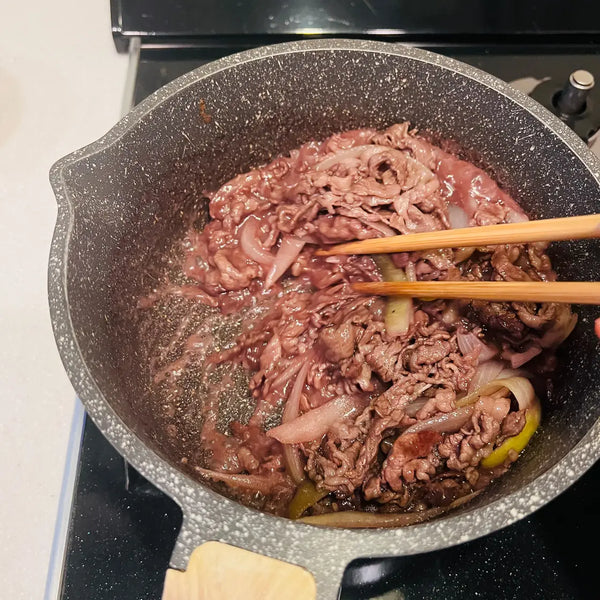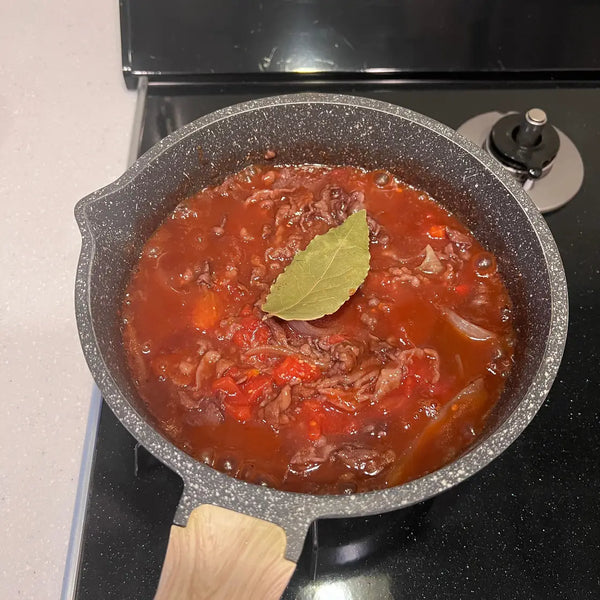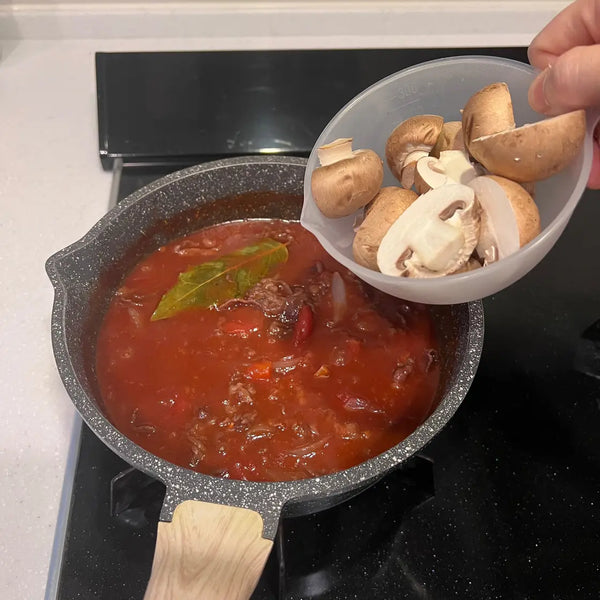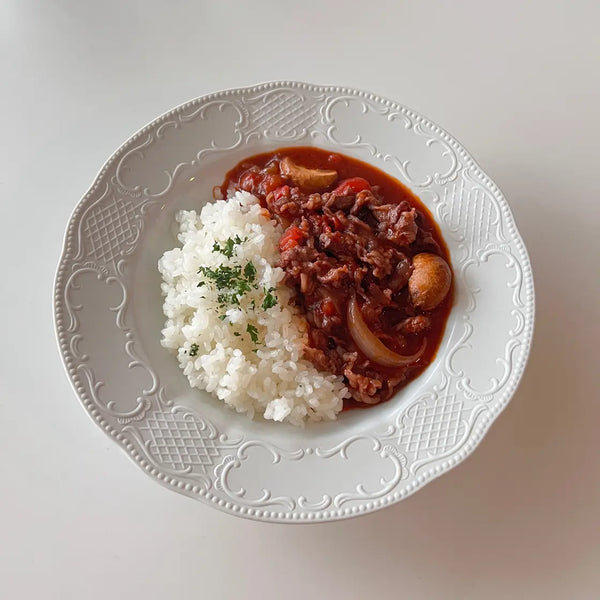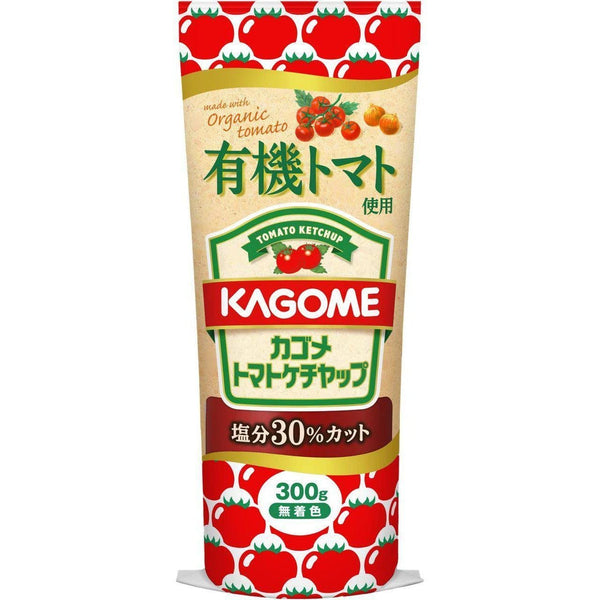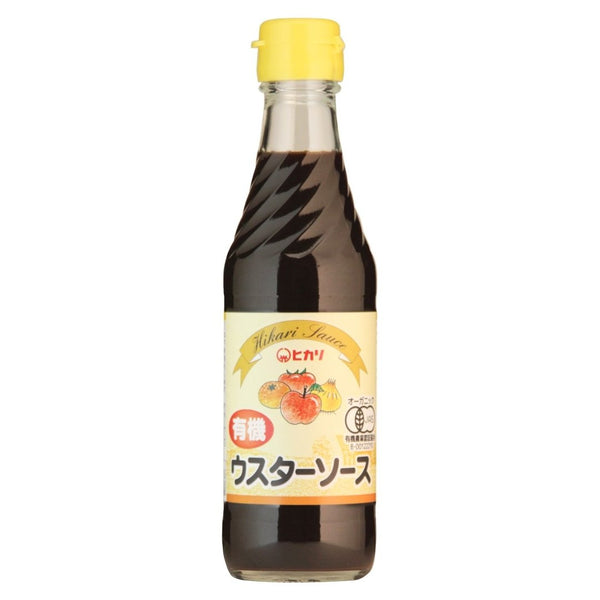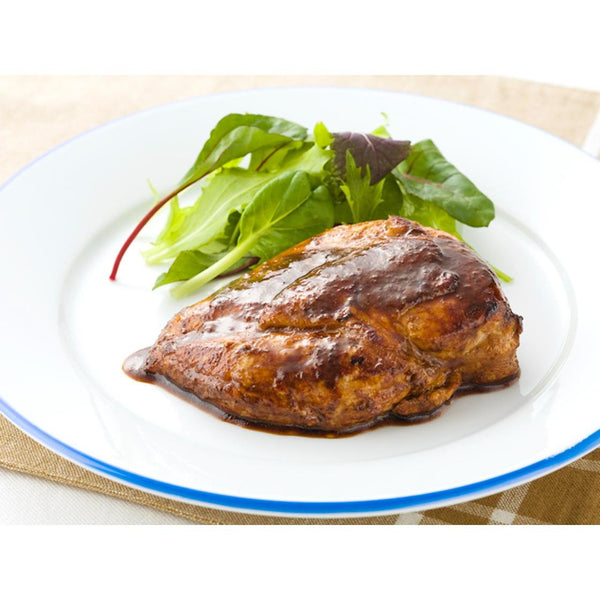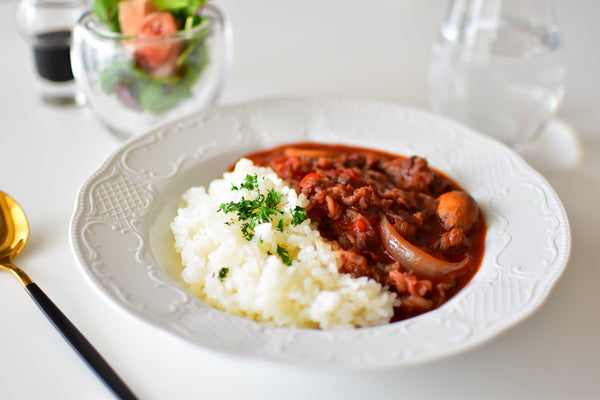
If you're trying Hayashi rice for the first time, you might find it to be similar to England's Hashed beef or Russia's Beef Stroganoff. These three dishes share some common ground in terms of ingredients and flavors, but they each bring their own unique qualities to the table. Let's quickly look into what makes each of them stand out.
Hashed beef:
This dish is all about that demi-glace sauce, giving it a rich and flavorful kick.
Beef Stroganoff:
Now, Beef Stroganoff is a mix of beef, onion, and mushrooms all simmered up in soup. The standout move? Adding sour cream, either on top or simmered in.
Hayashi Rice:
Hayashi Rice is like a sibling to Hashed beef. But here's the twist—tomatoes take the spotlight. They bring in the umami and a touch of sourness, lightening up the flavor while keeping it rich overall.
Hayashi Rice belongs to the Yoshoku category, a group of dishes born in Japan during the Meiji period, influenced by global cuisines. For the Japanese, it's a nostalgic dish, something you'd find at home or served as a school lunch.
If you order Hayashi Rice at a Yoshoku restaurant, they're most likely crafting Hayashi Rice with a demi-glace sauce that takes some serious time and effort. But at home, Japanese people often go for a shortcut, using ready-made roux or skipping the demi-glace sauce altogether. It's quick, easy, and a hit in Japanese households.
In this recipe, we'll show you how to make Hayashi Rice from scratch, without leaning on ready-made roux or demi-glace sauce. Just grab some canned tomatoes, ketchup, and sauces like Worcester and Chuno – which are typical Japanese pantry items. They'll bring the umami without the need for demi-glace sauce.
Ready to dive into making this tempting Hayashi Rice at home? Let's get cooking!

